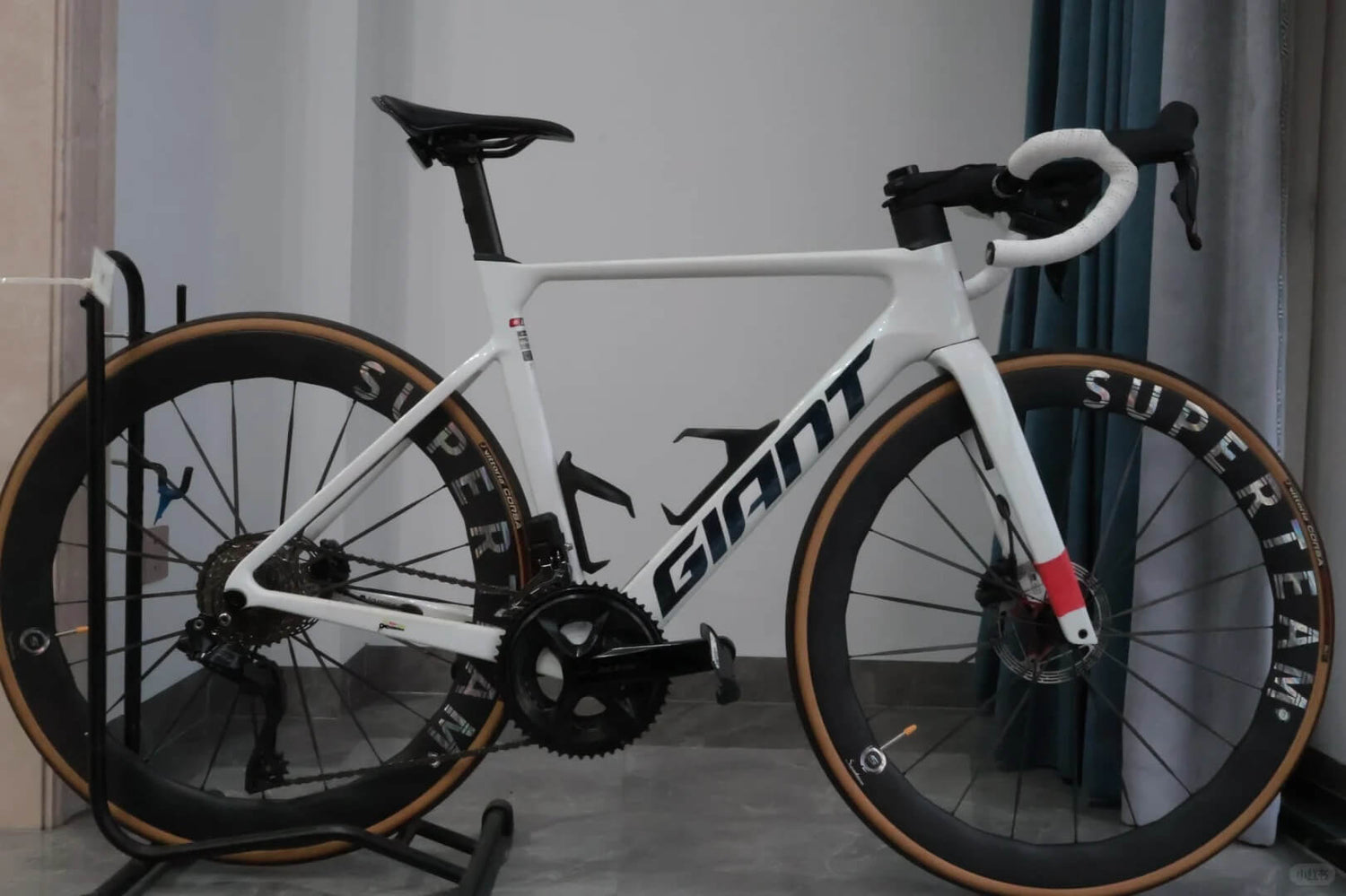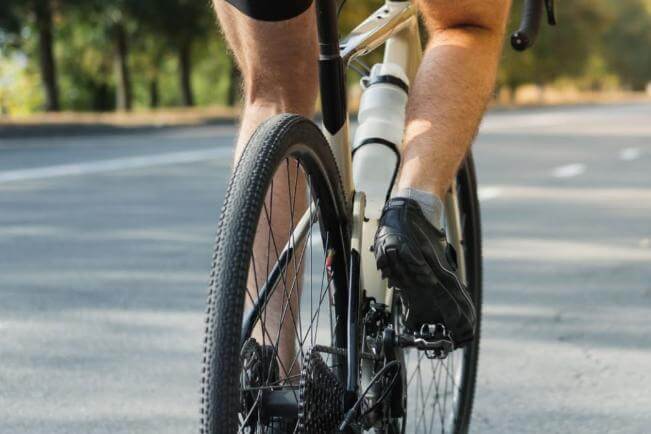For many road cyclists, increasing average speed is not just a technical challenge—it’s also a mark of achievement. Whether you want to keep up with stronger groups or make your solo rides more efficient, proper training and good riding habits can help you break through your current speed limitations.
This article will systematically explain key methods to increase your average speed, covering technique, physical training, equipment adjustments, and riding habits.
1. Optimize Riding Position: Reduce Air Resistance and Gain More with Less Effort
 Air resistance is one of the biggest factors affecting cycling speed. A proper aerodynamic position can significantly improve speed without increasing your power output.
Air resistance is one of the biggest factors affecting cycling speed. A proper aerodynamic position can significantly improve speed without increasing your power output.
Stay in a low handlebar position to keep your body's center of gravity low.
Keep your elbows tucked in to reduce the frontal area.
Keep your head and back aligned, without overextending your neck.
Maintain upper body stability and avoid excessive side-to-side movement.
It’s recommended to adjust stem length and handlebar height to find the best balance between comfort and aerodynamics.
2. Build Systematic Aerobic and Interval Training
Continuously increasing average speed requires improvements in both endurance and explosive power. Aerobic Base Training (Zone 2)
Aerobic Base Training (Zone 2)
Maintain long-distance rides at low to moderate intensity to build cardiovascular endurance and improve fat-burning efficiency.
Interval Training
Perform high-intensity sprints (such as 30 seconds, 1 minute, or 5 minutes) combined with adequate recovery to increase your Functional Threshold Power (FTP) and lactate tolerance.
Tempo Training
Ride steadily at higher heart rate zones for 20-40 minutes to train the body to sustain faster speeds.
It’s essential to schedule both endurance and interval training each week and stick to the plan long-term.
3. Select and Maintain Equipment Scientifically
Using higher aerodynamic efficiency wheelsets, such as 40-60mm mid-to-high profile carbon wheels. Choose low rolling resistance tires, and maintain correct tire pressure to avoid energy loss.
Choose low rolling resistance tires, and maintain correct tire pressure to avoid energy loss.
Use aerodynamic helmets and tight-fitting cycling kits to reduce drag.
Regularly clean the drivetrain to keep the chain well-lubricated and minimize mechanical friction.
While equipment can't replace training, proper setup can significantly improve power transfer efficiency.
4. Develop Efficient Riding Habits
Control Pacing: Avoid frequent speed fluctuations, and maintain a steady rhythm to prevent early fatigue.
Wind Management: Learn to take advantage of tailwinds and adopt aerodynamic positions against headwinds.
Master Nutrition Timing: Replenish carbohydrates and fluids at the right intervals to prevent energy crashes.
Drafting Skills: When riding in groups, draft smartly to save energy and improve overall speed.
By cultivating efficient riding habits, you can maintain higher speeds for longer, more economically.
5. Summary: Consistent Effort is Key to Increasing Average Speed
There’s no shortcut to boosting road cycling average speed—you need to improve simultaneously in several areas:
Proper aerodynamic position adjustments
Planned aerobic and interval training
High-quality, well-matched equipment selection
Efficient, scientific riding habits
 By consistently training, refining your technique, and focusing on recovery, you will gradually break through speed barriers and enjoy a higher level of cycling performance.
By consistently training, refining your technique, and focusing on recovery, you will gradually break through speed barriers and enjoy a higher level of cycling performance.




Laisser un commentaire
Tous les commentaires sont modérés avant d'être publiés.
Ce site est protégé par hCaptcha, et la Politique de confidentialité et les Conditions de service de hCaptcha s’appliquent.